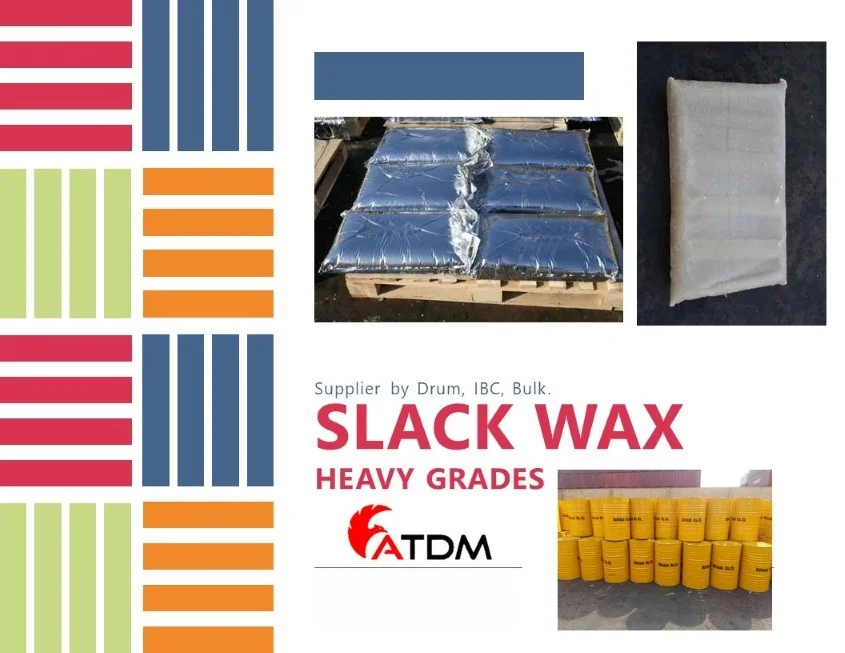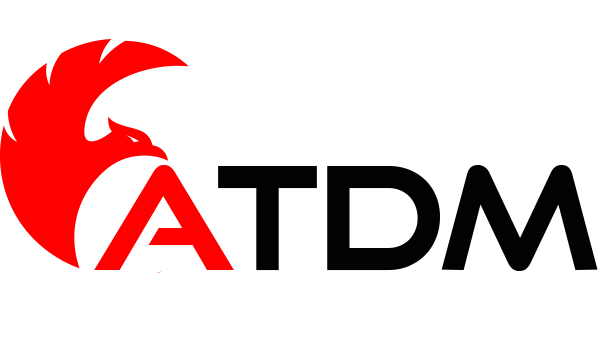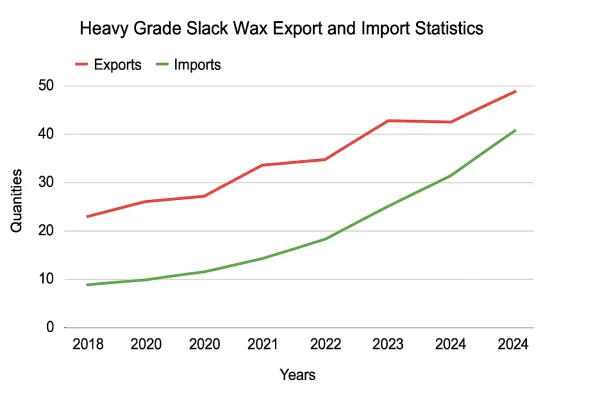slack wax heavy grade

Why we call it Heavy Grade?
We call it slack wax heavy grade because it contains more oil compared to light grades. This higher oil content gives it different physical properties and makes it more suitable for Slack Wax Market and some industries. Moreover, refineries usually separate slack wax into light and heavy categories, and heavy grade often holds around 10–15% oil content. Therefore, when buyers look for slack wax heavygrade, they search for a material that is more oily, softer, and has a different congealing point compared to light grade.
What’s the range of oil content of Heavy grade slack wax
The oil content of slack wax heavy grade usually ranges between 10% and 15%. For example, one of the most common grades has 12% oil. Because of this level, it stays semi-solid at room temperature and looks more oily than lighter grades. In addition, the exact oil percentage depends on the refinery process and the crude oil type.
Table of Contents
ToggleIndustrial Applications of Slack Wax Heavy Grade with 12% Oil Content
Slack_wax heavy grade with 12% oil content is widely used in many industries. For instance, it is an important raw material for producing paraffin wax. Furthermore, it is useful in lubricating grease production, the rubber industry, polishing materials, asphalt modification, and even candle making. Because of these diverse applications, importers and manufacturers often book their requirements months in advance.
Properties and Technical Data of Heavy Petroleum Wax
Slack wax heavy grade is semi-solid at normal temperature. It usually has a yellowish color and an oily touch. Its flash point can reach around 250°C, while its congealing point often stays near 50°C. Moreover, its specific gravity is close to 0.82 at 25°C. These values show that the product is stable, useful, and safe for multiple industries when handled correctly.
From Refinery By-Product to Valuable Resource: Slack Wax Heavy Grade Uses
In the past, refineries considered heavy slack wax as waste. They even paid to remove it. However, now it has become a valuable resource. Because industries discovered its wide uses, refineries sell most of their heavy slack wax in advance. Therefore, slack wax_heavy grade is no longer a low-value by-product but a material with strong demand across global markets.
Packing, Supply, and Global Slack Wax Market Insights for Heavy Wax
Suppliers pack slack wax heavy grade in steel drums, plastic barrels, jumbo bags, or bulk tankers. The right packing depends on the buyer’s requirements. Furthermore, demand is growing in regions such as Asia, Europe, and the Middle East. Importers and traders book their shipments early, as global supply is often tight. This trend shows that heavy slack wax has become a strategic commodity.
Slack Wax Heavy Grade for Grease, Rubber, and Candle Production
Slack wax_heavy grade plays a key role in making grease, where it adds consistency. For rubber, it works as a softener. In candle production, it helps adjust texture and burning time. In addition, it is also used for coatings, polishes, and even cosmetic industries after refining. Because of these benefits, businessmen and women in many countries show interest in this material.
Technical Analysis and ASTM Methods for Heavy Wax Products
Slack wax heavy grade is tested with international ASTM methods. For example, ASTM D-445 checks viscosity, ASTM D-92 checks flash point, ASTM D-721 checks oil content, and ASTM D-127 measures drop melting point. These standard tests help buyers trust the quality. In addition, clear lab reports make trading easier for importers and self-employed businesspeople.
Export Packaging Options for Oil-Rich Heavy Wax
Exporters offer different options such as 180–200 kg drums, jumbo bags, flexi-tanks, and bulk shipments. Each method has advantages. For instance, drums are safer for small quantities, while flexi-tanks are more economical for large volumes. Therefore, buyers can choose the best solution according to their supply chain.
Market Demand and Pricing Trends for Slack Wax Heavy Grade
Slack wax_heavy grade prices depend on oil content, packing, and global demand. In recent years, the price has increased because more industries started using it. Moreover, seasonal factors and crude oil prices also influence the market. Traders, companies, and manufacturers monitor these trends closely to secure better deals.
Technical Analysis of Slack Wax Heavy Grades (10–30% Oil Content)
When evaluating slack_wax heavy grades, it is important to note that the oil content usually ranges between 10% and 30%. Because of this variation, buyers can select the grade that best matches their industrial needs. Moreover, the specifications remain aligned with international ASTM standards, which ensures consistency and reliability.
Typical Properties
| Characteristic | Unit | Typical Range | Test Method |
|---|---|---|---|
| Kinematic Viscosity @100˚C | cSt | 6 – 10 | ASTM D-445 |
| Flash Point | ˚C | 230 – 260 | ASTM D-92 |
| Specific Gravity (25˚C/25˚C) | – | 0.810 – 0.835 | ASTM D-190 |
| Oil Content | % wt | 10 – 30 | ASTM D-721 |
| Congealing Point | ˚C | 45 – 55 | ASTM D-937 |
| Color | – | Yellow to Light Brown | ASTM D-1500 |
| Drop Melting Point | ˚C | 45 – 55 | ASTM D-127 |
Explanation of Values
First of all, the kinematic viscosity of slack wax heavy grades remains moderate, which makes the product workable in different blending processes. In addition, the flash point is safely high, ranging between 230 and 260˚C, which provides stability during handling and storage.
Furthermore, the specific gravity indicates a density level suitable for wax refining and blending applications. The oil content, which varies from 10% to 30%, directly affects the softness, congealing point, and final applications of the material. For example, a 10% grade is firmer and closer to paraffin wax, while a 30% grade is softer and more suitable as an industrial softener.
Finally, the color ranges from yellow to light brown depending on oil content, while both congealing and drop melting points typically stay between 45 and 55˚C. These parameters ensure that the product can serve a wide variety of industries, from grease and rubber to coatings, polishes, and candles.
Contact us for Slack Wax Heavy Grade Supply
We invite importers, companies, manufacturers, traders, self-employed people, businessmen, and women in Slack Wax Market to contact us. You can reach us via our website, forum, emails, and WhatsApp. Our team will provide you with the best offers, datasheets, and packing details for slack wax heavy grade.
Specification Sheet
Here’s the detailed specification sheet for Slack Wax Heavy Grade, covering grades, technical data, applications, and packing—sourced from various reputable suppliers:
MSDS (Material Safety Data Sheet)
Here’s the Material Safety Data Sheet (MSDS) details for Slack Wax Heavy Grade, including grades, applications, technical data, and safety information:
FAQ 1: What is slack wax heavy grade?
#Slack_wax_heavy_grade is a semi-solid petroleum by-product that contains 10–15% oil content. It looks yellowish and more oily than light grade slack wax. Because of its composition, industries use it in paraffin wax production, grease, rubber, candles, and coatings.
FAQ 2: How is slack wax heavy grade packed for export?
Exporters usually pack slack wax_heavy_grade in 180–200 kg steel or plastic drums, jumbo bags, flexi-tanks, or bulk shipments. The right packing depends on the buyer’s order size, shipping route, and storage requirements.
FAQ 3: What industries use slack wax heavy grade most?
The main industries using slack wax_heavy grade are candle making, lubricating grease, rubber, paper, asphalt, and cosmetics after refining. Global demand is growing, so many importers and manufacturers secure their orders months in advance.


